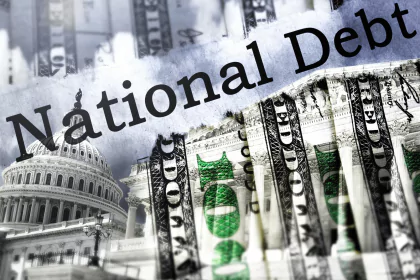Some of the world’s largest banks are now applying new criteria to their commercial real estate (CRE) loans, reshaping the sector’s access to financing. The focus is on carbon emissions from buildings and the costs associated with upgrades to comply with new green regulations. This shift comes in response to the European Union’s recently passed Energy Performance of Buildings Directive (EPBD), part of a growing suite of net-zero regulations. Major banks are starting to adjust their strategies accordingly.
The European Union’s new regulations on building energy performance are reshaping how banks manage their commercial real estate portfolios.
BNP Paribas, the European Union’s largest bank, aims to reduce the emissions intensity of its commercial real estate portfolio by up to 41% by 2030. Other banks, such as Banco Santander, Barclays, ING Groep, and NatWest Group, are also taking or considering similar measures.
This development represents a new frontier in managing risks within banks’ loan books. CRE portfolios, already stressed by higher interest rates and fluctuating post-pandemic occupancy rates, now face additional challenges from stringent energy efficiency requirements. Approximately 85% of buildings in the EU were constructed before 2000, and 75% of these have poor energy performance. Buildings that do not meet the new standards risk becoming stranded assets, unsellable or unrentable.
The Netherlands exemplifies this issue, with one-third of its commercial real estate failing to meet the minimum energy performance certificate level of C, effective since early 2023. Banks are exploring private markets and synthetic securitizations to manage the financial risk of retrofitting inefficient properties.
Roxana Isaiu, chief product officer at ESG data provider GRESB, notes that while the EU’s EPBD rollout will take years, banks need to address the energy performance of their CRE portfolios now. Some banks, like BNP, are already factoring climate impact into their loan origination criteria and exploring ways to finance more green assets.
Banks lagging in this transition not only face regulatory reprimands but also the risk of climate litigation. BNP is currently dealing with a lawsuit alleging it failed to meet its duty of vigilance under French law, requiring companies to mitigate negative environmental impacts. Although BNP is reviewing its residential real estate loan portfolio, setting targets for financed emissions is complicated by diverse national regulations.
BNP Paribas aims for a 41% reduction in emissions intensity of its commercial real estate portfolio by 2030.
BNP calls for more robust policy support to help the finance industry navigate these challenges. The bank emphasizes that restrictions on financing should avoid penalizing access to housing, particularly in a challenging macroeconomic environment. Reducing residential portfolio emissions is now a strategic initiative for BNP, with updates on financing access expected in 2025.












